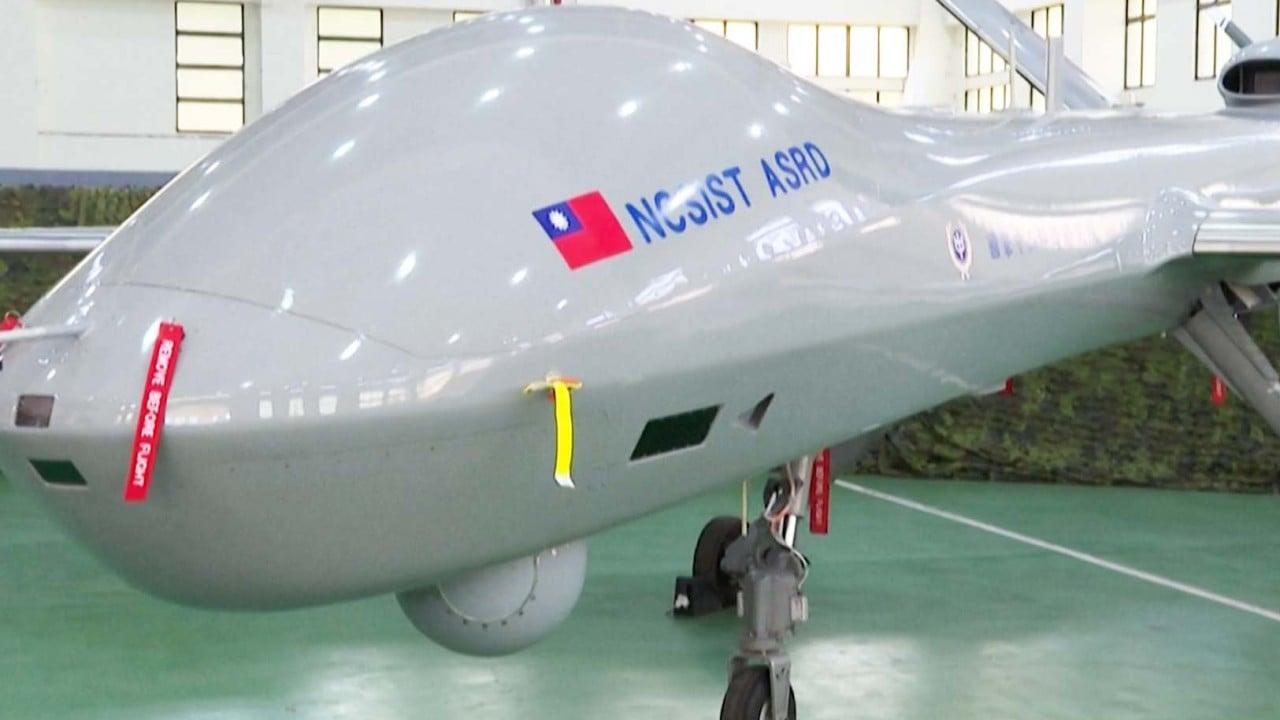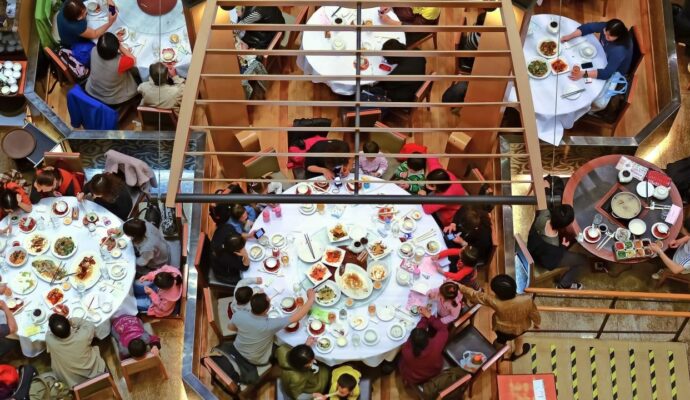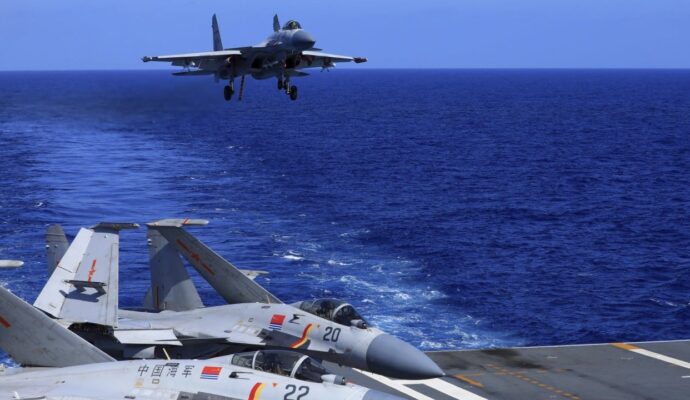
“The bill recklessly exaggerates the ‘China threat’ theory, and rudely interferes in China’s domestic affairs and smears the Chinese Communist Party,” the ministry said.
Defence experts said the funding in the legislation indicated that the United States wanted to supply specific and advanced weapons to Taiwan in case of an attack from mainland China, building on experience from the war in Ukraine and mainland military exercises.
Lu Li-shih, a former instructor at Taiwan’s Naval Academy in Kaohsiung, said the grants and loans suggested that Taiwan could get more sophisticated weapons from the US, particularly much-needed warships.
“In previous arms deals between Taipei and Washington, Taiwan didn’t need any grants and loans because Taiwan’s financial revenue could cover all of the weapons procured,” Lu said.
He said the US must have identified problems in Taiwan’s defences “exposed during the People’s Liberation Army’s unprecedented … military exercises in the wake of US House Speaker Nancy Pelosi’s visit to Taipei in August”.
The PLA sent 18 warships to take part in the August drills, including two Type 055 stealth destroyers – just a fraction of the 100 modern warships in the East China Fleet, which oversees the Taiwan Strait.
Lu said that during the exercises the Taiwanese navy was too exhausted to cope with the challenge of deploying almost all its combat ships, exposing a “most embarrassing weakness”.
“Taiwan’s navy does need more warships. They don’t have to be too big, but enough to deal with increasing challenges and provocations from the PLA,” he said.
The island has just 26 warships, including four American-designed Kidd-class destroyers, the biggest vessel in Taiwan’s fleet, and 10 Cheng Kung-class domestic frigates.
“Taiwanese ports are not deep enough to accommodate massive ships so the best idea is for the US side to provide Taiwan with its agile multirole Freedom-class littoral combat ships,” Lu said.
Those vessels are small, speedy surface ships designed for anti-access and asymmetric threats.
In August, Admiral Mike Gilday, chief of naval operations, told the Navy League’s Sea-Air-Space symposium in Maryland that the navy wanted to decommission nine of its Freedom-class ships as part of a bigger downsizing plan to refocus on new challenges from Russia and China.
Lu said the newer ones of the decommissioned ships would be good options for Taiwan.
Mainland military analysts said they expected the US would sell more advanced weapons to the self-ruled island, raising the risk of conflict.
“The US wants to use TERA to sell more weapons to Taiwan, which is in Washington’s interest,” former PLA instructor Song Zhongping said.
“A new arms race would increase the chance of military conflict, accidents and misjudgment between Beijing and Taipei, of which both sides should remain cautious.”
But Song said Beijing understood that Washington would not allow Taiwan to pursue independence.
Zhou Chenming, a researcher from Beijing-based Yuan Wang military science and technology think tank, said Beijing would choose to play down the TERA provisions, and try “diplomatic means and channels to negotiate with the Biden administration to narrow both sides’ disagreements”.
“Beijing understands that both the NDAA and TERA are political games played by American politicians, and the mainland Chinese government can’t do anything,” Zhou said.
“The best path for Beijing is to appropriately put aside the Taiwan issue when necessary, and top up the two countries’ strategic reconciliation, which is also the key political consensus reached by [Chinese] President Xi Jinping and Biden in their summits.”




